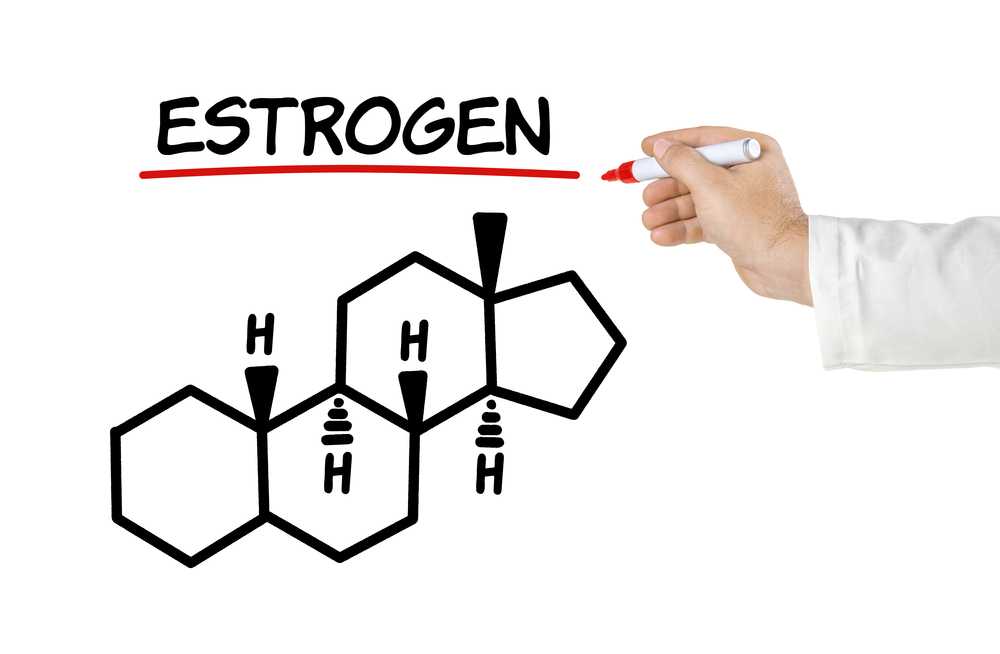Are you currently using topical estrogen, or thinking of using a topical estrogen cream, patch or pellets? These forms of estrogen are becoming more commonly used and something I’m often asked about by my patients and by women whose doctors are less familiar with menopause treatments and who work with me from a distance at MenopauseCoaching.com.
Let’s talk first about estrogen topical creams. These products contain estrogen that is applied directly to the skin. Since you’re not swallowing a pill, the estrogen bypasses the liver, and that lessens the risks of stroke and blood clots. You can discover more about the details of the hows and whys and what that means for you in my best selling book, The Estrogen Fix.

Though less blood clots is good news, the downside is that some women have skin that can either react negatively to estrogen or the substances they’re mixed with, or a woman might have skin that doesn’t absorb topical estrogen as well.
It’s important to apply estrogen creams specifically as directed. Here’s how.
- First, thoroughly wash your hands before and after applying estrogen, so it doesn’t come in contact with your partner or other people, especially children, or pets that may lick the skin area covered with estrogen. If someone else does come into direct contact with the product within the first 2 hours after applying it, have them immediately wash the specific area with soap and water. Covering your skin with clothing for a few hours where the product was applied decreases any potential risk of the estrogen cream (or gel, or spray) coming into contact with another partner, child, or pet. For example, there are a number of reports of dogs licking the area where estrogen was applied and then showing behavioral changes or mimicking being in heat.
- While the dosages are typically once or twice daily, the amount spread on the skin may vary slightly with each application. Compounding pharmacies prepare hormone creams by mixing a known amount of hormones into a container of cream or gel and then stirring it up. These preparations are not FDA approved and sometimes the actual dosage you receive of a compounded cream or gel may vary because of the mixing of the hormone. Recent studies have found that compounded estradiol levels can be 60% to 200% higher than the dosage ordered. Most of these forms of estrogen are bioidentical estrogen. As with oral estrogen, relief may come as soon as a few days or may take up to 4 to 6 weeks. Warning: Applying sunscreen before applying a patch, cream, or gel may increase your exposure to estrogen. Applying sunscreen before applying an estrogen spray does not affect estrogen exposure.
Estrogen adhesive patches: These have become increasingly popular. Most contain bioidentical estradiol. Adhesive patches vary from the size of a dime to the size of a silver dollar. Here’s how to use them.
- Wash and dry your hands before touching the patch.
- Clean the area where the patch will be applied using a cotton ball and alcohol. The adhesive side sticks to the skin and transfers the hormone to the body. This is called transdermal.
- Place the patch on one side of the lower abdomen or on the upper back near the shoulder.
- Patches are changed and discarded and a new one applied to the opposite side once or twice weekly depending on which patch you use. If the patch begins to peel off before it’s time to change it, cover it with a bandage or medical tape. Or take it off and heat the patch with a hair dryer set to low to help it stick back on. Patch dosages are very regulated by the FDA and carry the same amount of HT as every other patch, so there is no guessing whether you’re getting the right dosage.
While patches carry lower risk of blood clots than oral estrogen, some women have an allergy to the adhesive or skin that doesn’t allow for optimum penetration and absorption. Patches that have a reservoir of estradiol such as Estraderm are more likely to be irritating to the skin. Newer patches such as Vivelle or others use a matrix delivery system that are unlikely to cause skin sensitivity. Some women lead active lives, which may cause the patch to come off. Patches protect against the same things that other forms of estrogen do, and relief comes within days or up to 4 to 6 weeks, as with other forms of estrogen. For a complete discussion of which patch to use, dosages and how to use them, check out The Estrogen Fix.
Estrogen Pellets: Estrogen is also available as bioidentical pellets. They have been around for about 50 years but are not as widely used as some of the other forms. Estrogen pellets are not FDA approved. I’m writing about them here because they have become more popular in recent years.
Estrogen pellets come in different dosages and are implanted under the skin with a small incision and an instrument about the width of a pencil. The pellet is placed in the pencil-like instrument and pushed through the skin nick under the skin, and the estrogen pellet is released there. The instrument is removed and the small incision is closed with a stitch or an adhesive, and the stitch is removed in a day or two. The procedure is done with local anesthesia, and usually the pellets last for 4 to 6 months. They come in different dosages. If you do use them, Have your blood levels of estradiol drawn periodically as blood levels with pellets can be higher than the body naturally makes and can stay elevated for many months. It’s very difficult to remove the pellets if they need to come out. I prefer FDA-approved delivery systems that can easily be applied to the skin.
Please share this information with friends and family who might also benefit. For more information, visit my website at DrMache.com. If you need help with managing your perimenopause or menopause symptoms, visit http://www.MenopauseCoaching.com.
Please share this with a friend who might benefit and leave a comment.

